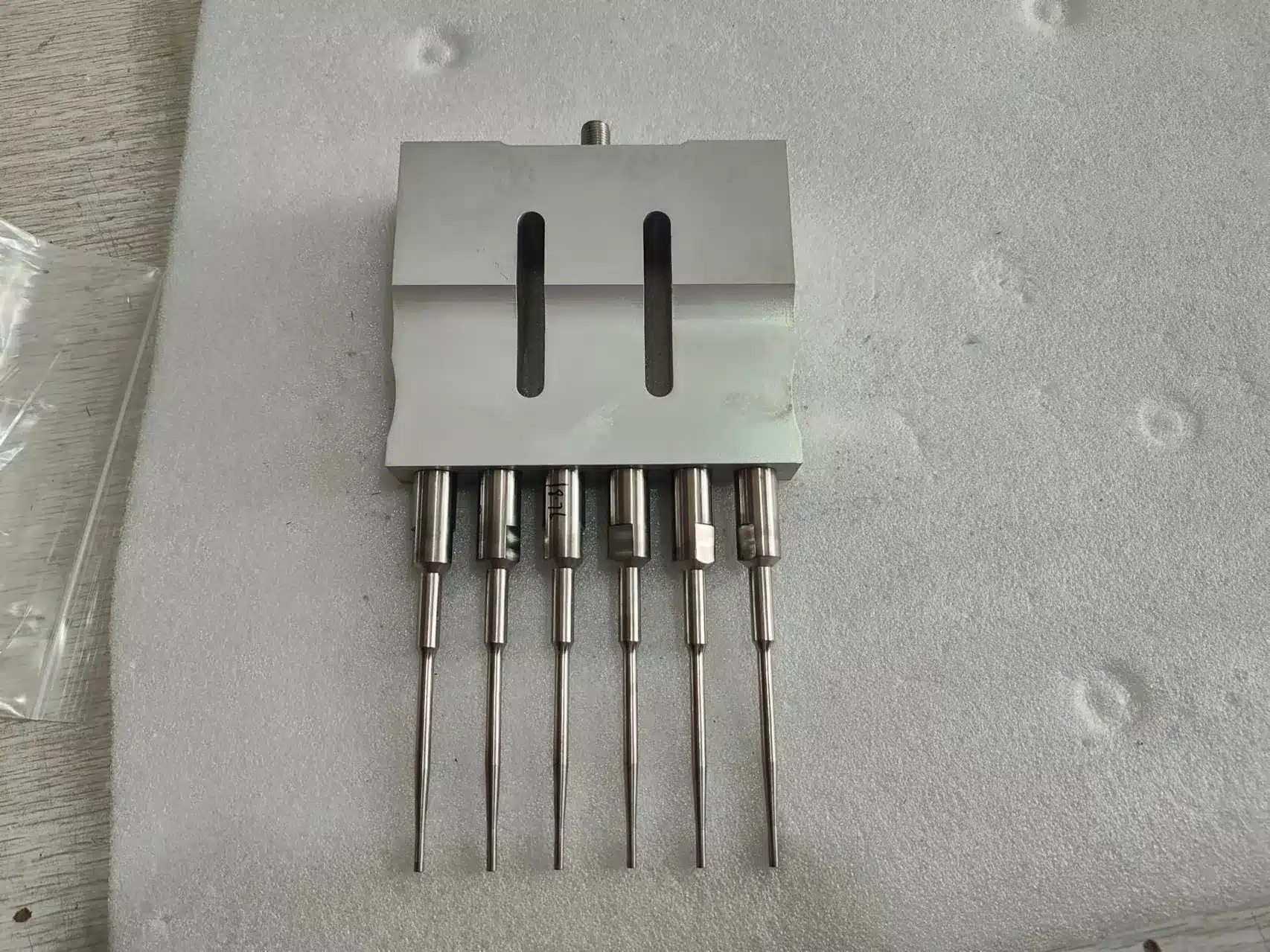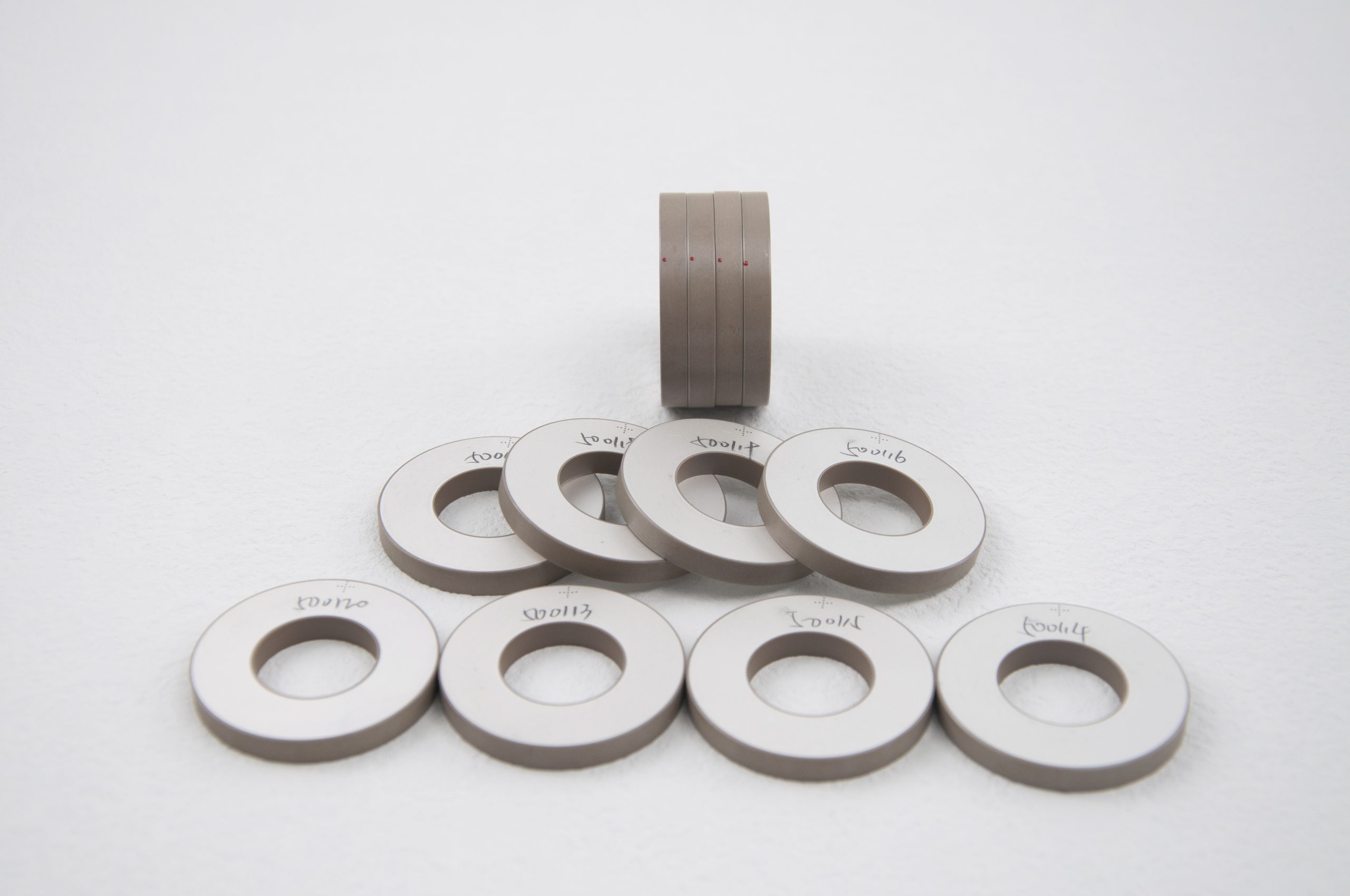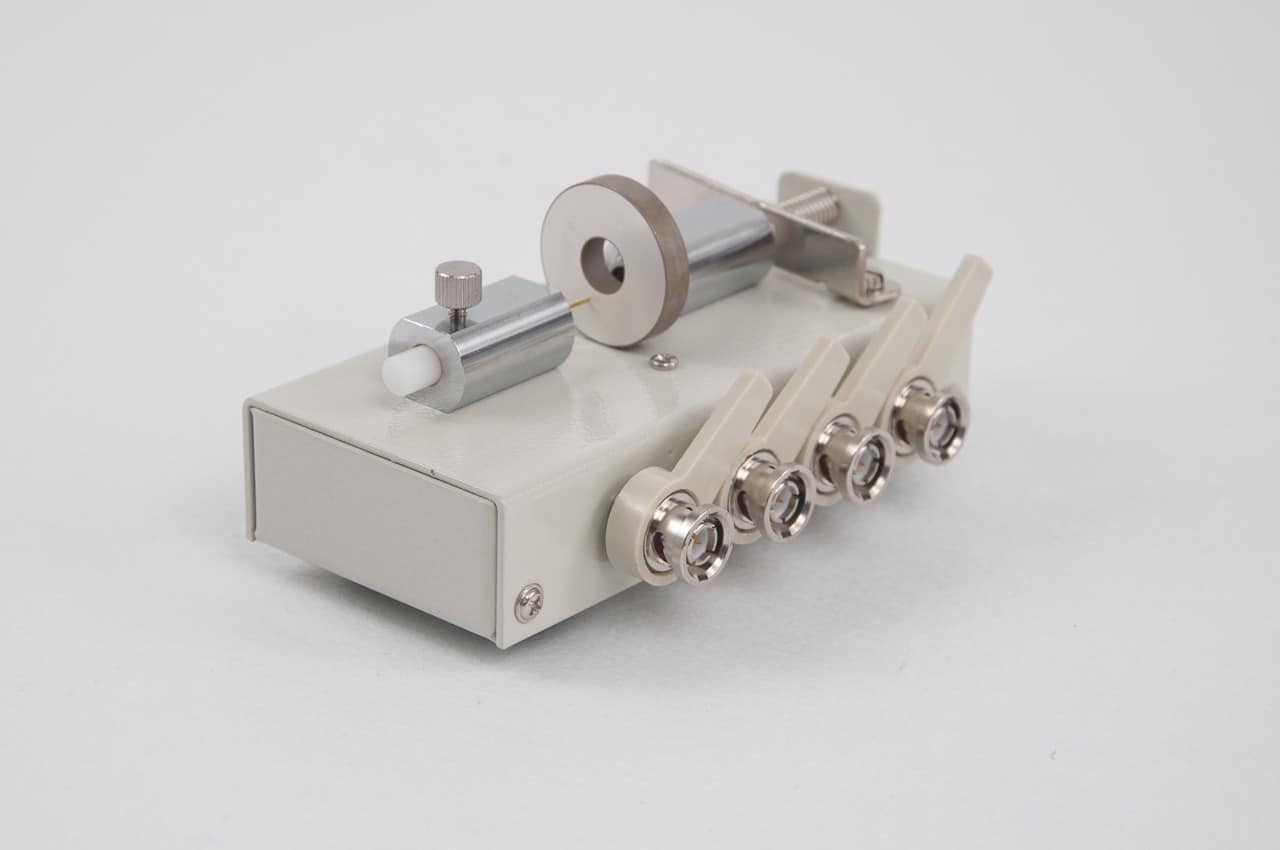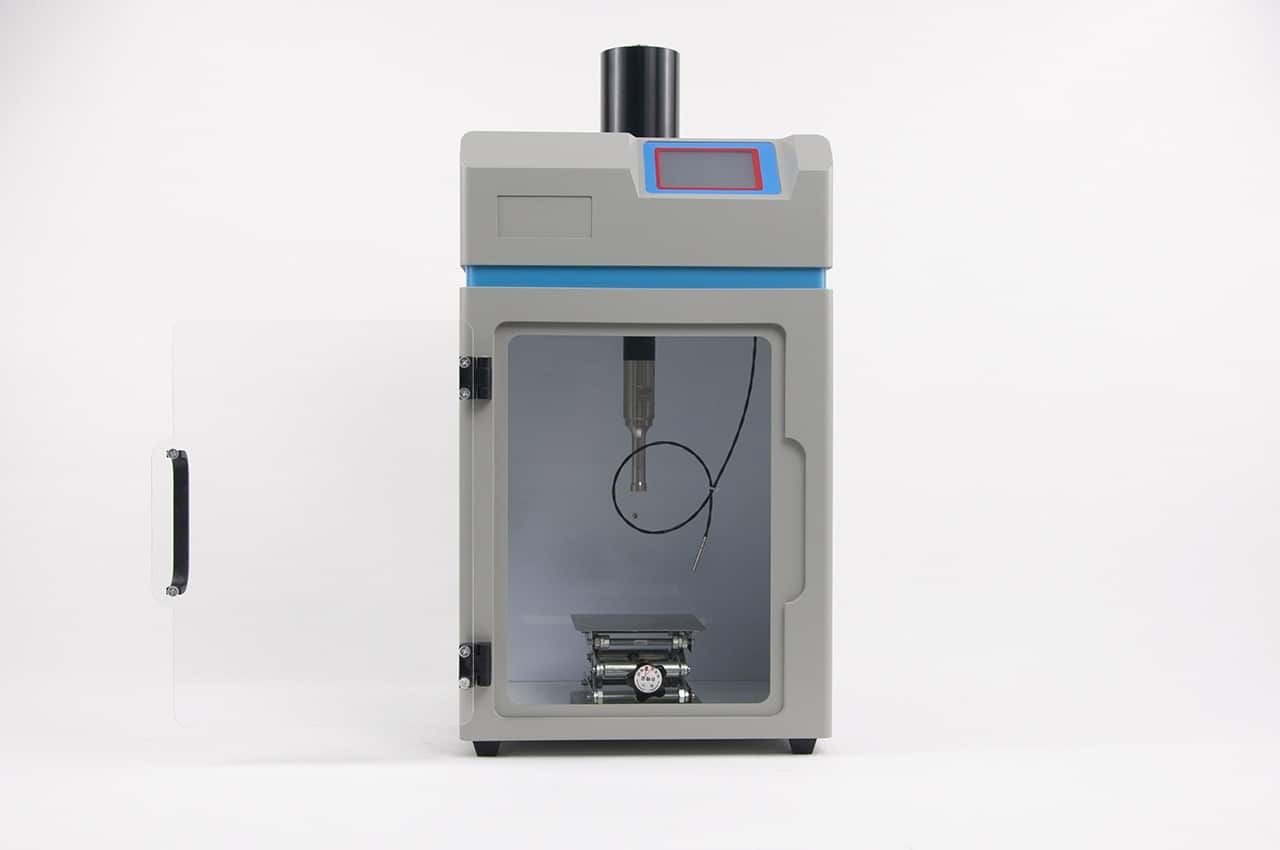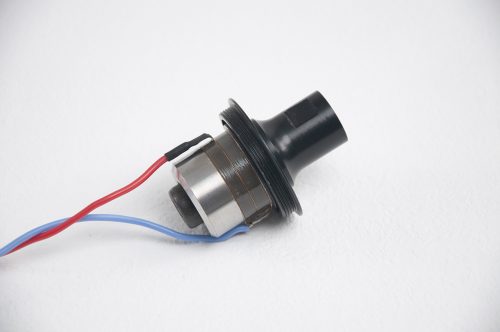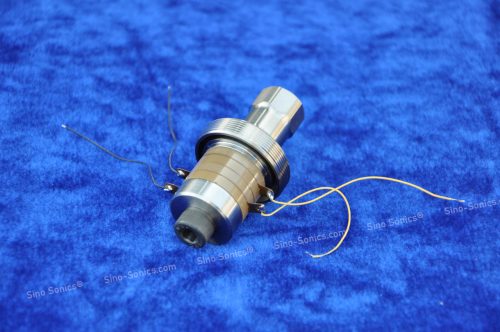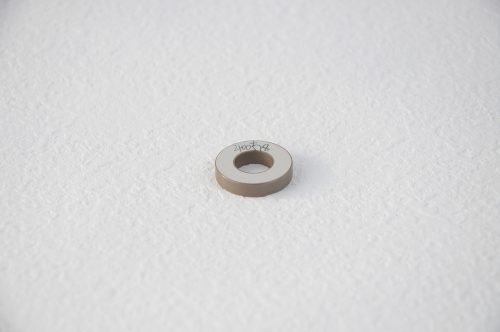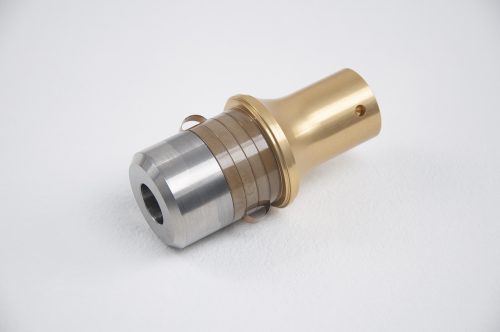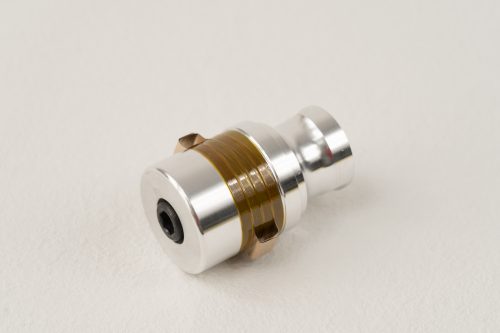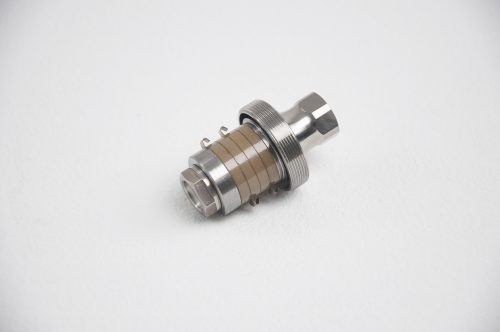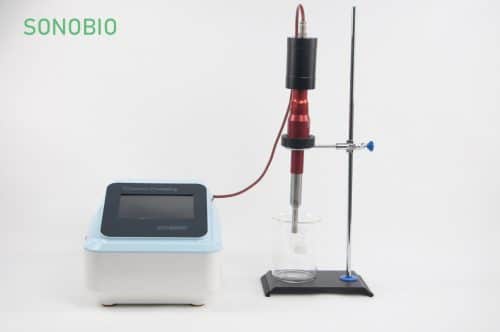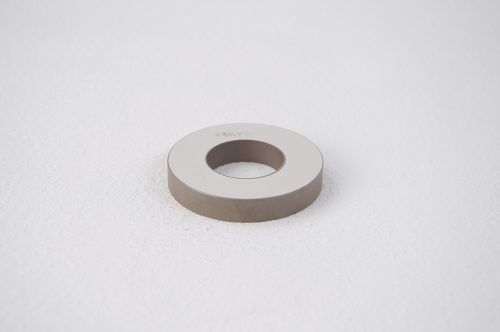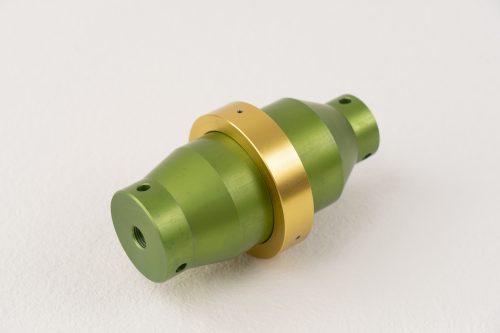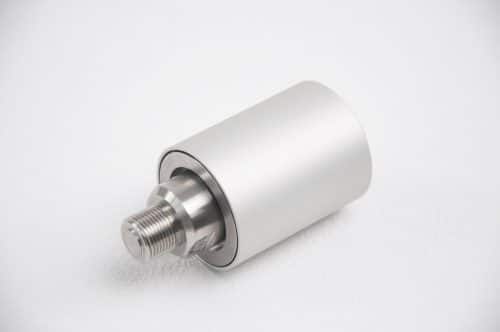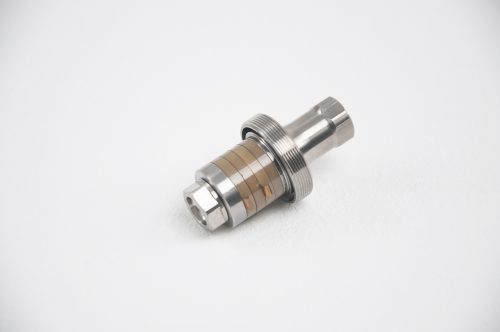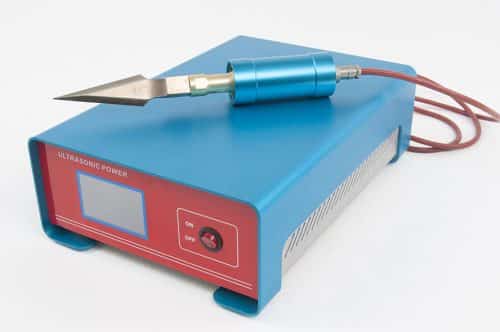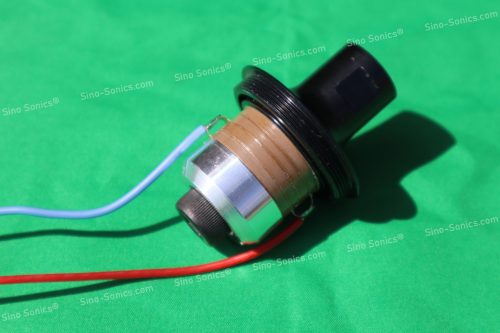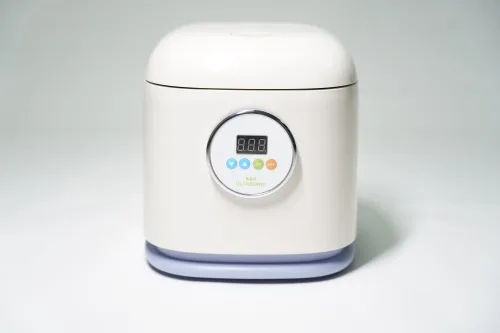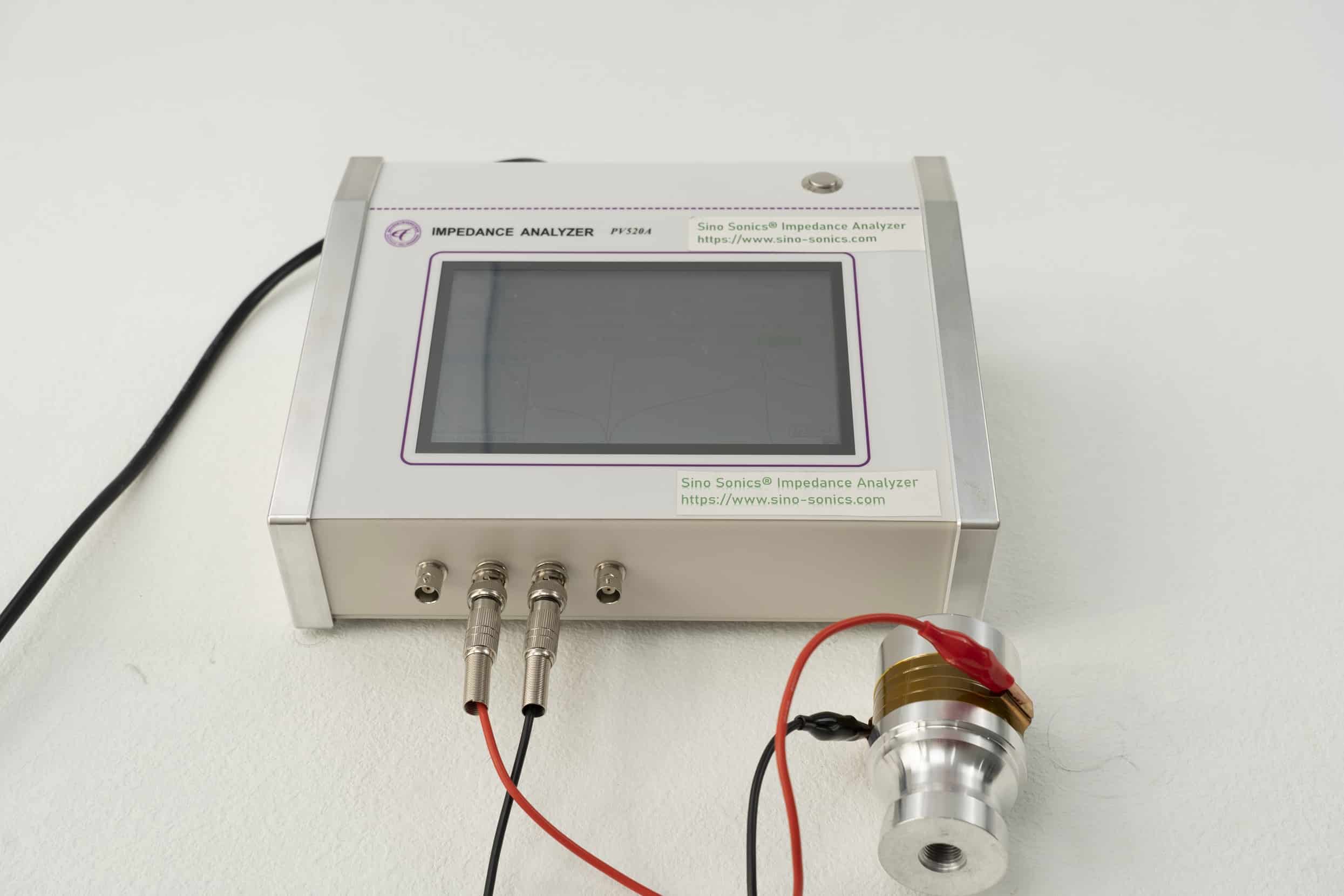
Impedance analyzers are devices. It used to measure how a substance or electrode surface responds to a constantly varied potential within predefined limits. Similar to a potentiostat, it applies a potential to a liquid or object, but unlike a potentiostat, the potential applied by the impedance analyzers fluctuates in a controlled sinusoidal waveform at a specific frequency and amplitude.
This oscillating potential generates periodic differences in potential between the connected electrode and the substance, resulting in a sinusoidal electron current. The analyzer measures the difference between the maximum and minimum current amplitudes, as well as the time variance between the potential and current waveforms. This enables the calculation of the substance’s electrical resistance or impedance. By testing multiple frequencies, the analyzer can identify specific components and effects responsible for the measured resistance.
Furthermore, the impedance analyzer’s ability to discern specific components contributing to impedance aids in the identification of faults, irregularities, or changes within a substance or system. This diagnostic capability is valuable in quality control, research and development, and troubleshooting, making the impedance analyzer a versatile and powerful tool in various scientific and engineering disciplines.
In summary, an impedance analyzer assesses how a substance or object reacts to varying potential changes, determining its electrical resistance or impedance and aiding in the identification of its underlying components.
If you want to more info, please click here., and you can check here, too.


